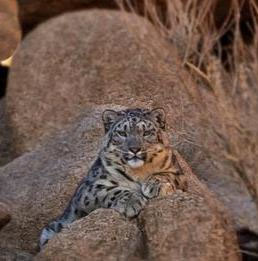
“It was a nerve-chilling moment when we faced the Snow Leopard eye-to-eye for the first time in the Altai Mountains of far western Mongolia. This moment is as valuable as finding a diamond”. These are the words of our guides in Mongolia (Bino and Yumchin), who also wrote most of the text below. Thanks to the work of trackers and local guides in Mongolia, laying eyes on this big cat has become an accessible possibility for the rest of us.
Snow Leopards have huge, fur-covered, snowshoe-like paws that help them to walk on snowy terrain. Their long hind legs and short forelimbs provide agility in steep, rugged environments. Snow Leopards’ relatively indistinct spots change shape with body movement, helping make these large animals very camouflaged. In addition, they have tails that can be over three feet (a meter) in length! This probably helps balance these big cats when hunting in the steep, rocky mountains.
In Mongolia, the main food sources of Snow Leopards are Siberian Ibex, Argali Sheep, rodents, marmots, game birds, and livestock. Snow Leopards are largely crepuscular, hunting actively at dawn and dusk. They prefer high-altitude mountainous areas at elevations of 9,000 to 14,000 feet (about 3,000 to 4,500 meters).
The world range of Snow Leopards spans the mountain ranges of southern and central Asia. There are 12 countries where these great cats reside: Afghanistan, Bhutan, China, India, Kazakhstan, the Kyrgyz Republic, Mongolia, Nepal, Pakistan, Russia, Tajikistan, and Uzbekistan.
If you’re looking for a place to enrich your wildlife journey, here are five reasons why you might consider choosing Mongolia to see Snow Leopards in:
1. High probability of seeing the cat, relatively easy walks and relatively mild temperatures
Mongolia is home to the second largest population of Snow Leopards, which provides you with a high chance of observing the cat, in comparison with other countries. Biologists and researchers of WWF Mongolia estimated the population to be around 1,000 individuals in 2021. The average altitude of Mongolia is over 4,500 feet (1,500 meters) above sea level and the cats are relatively accessible without trekking. We see them on our Mongolia mammal trips with only a small amount of walking. Most of the mountainous areas are accessible with 4×4 cars. Snow Leopards can be observed in both summer (when temperatures are mild compared to Ladakh, another famous Snow Leopard destination) and winter in Mongolia.
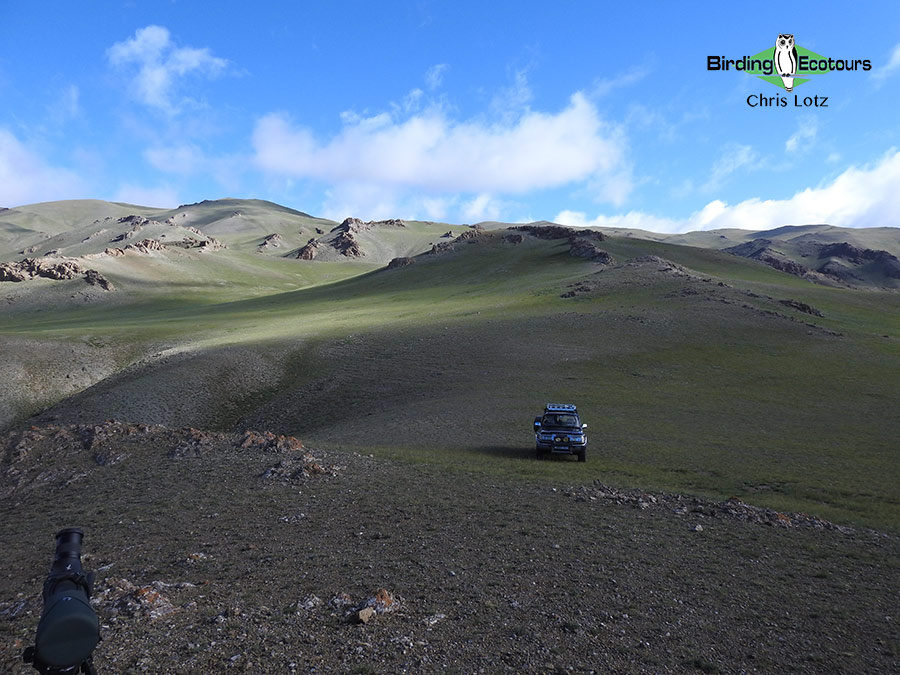
In July 2022, we drove to the top of a hill near here from where we viewed a Snow Leopard
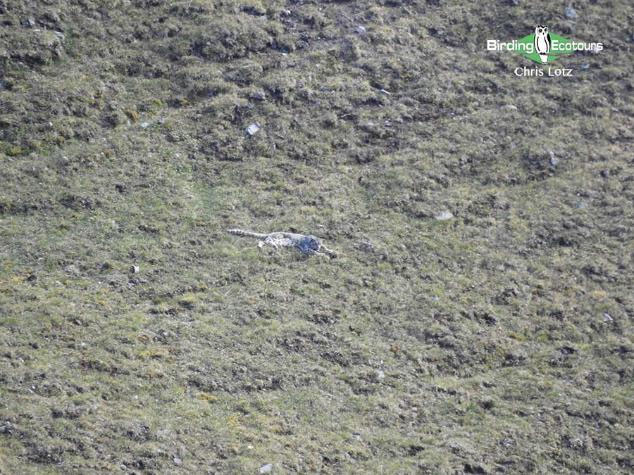
It’s an adrenaline rush when a Snow Leopard suddenly appears in your scope! We proceeded to get better views and photos but this was our first, unforgettable, view of this iconic animal, near where the previous photo was taken.
2. Mongolia’s unique nomadic lifestyle lends itself to wildlife tourism
After thousands of years, the nomadic herders’ lifestyle is still alive in the middle of the vast Mongolian steppe. This unique tradition contains many customs that still to this day teach us to live in a friendly way with mother nature and to stay harmonious with the wildlife. Nomads keep the environment clean and support the ecosystem by consuming less. While fulfilling your dream to see a Snow Leopard, you can stay in community or tourist ger camps built right next to the mountains where the wild cats thrive. One of our favorites is the Twin Leopards ger camp.
3. Other iconic species abound
Mongolia boasts other sought-after mammal and bird species in addition to Snow Leopards. Grey Wolves, White-naped Cranes, world-renowned Przewalski’s Wild Horses, and Critically Endangered Saiga Antelope are a few examples. One of the most common canids in Mongolia, Corsac Foxes will entertain you with their curious and playful behaviors.
Przewalski’s Horses in Hustai National Park during our July 2022 Mongolian Snow Leopard plus tour
High on many peoples’ wish-lists is another elusive wild cat that is found only in central Asia, Pallas’s Cat. These house cat sized animals have long, dense, light grey fur. They are distinguished by their rounded ears on the sides of their heads and their long, bushy tails. Like Snow Leopards, Pallas’s Cats are well camouflaged and adapted to the cold, arid, rocky mountains of Mongolia.
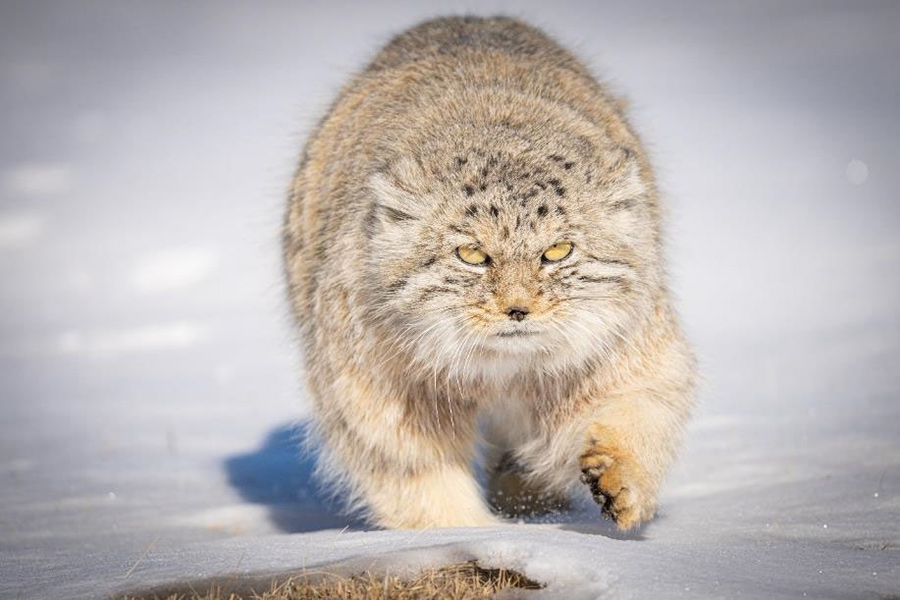
An angry-looking, chubby Pallas’s Cat moving across the snow (Photo by one of our guides in Mongolia)
More information about Mongolia’s other wildlife, especially birds, can be read about on our Mongolia country summary page and on our Mongolia birding tour page. There are a few birds, such as Koslov’s Accentor, Altai Snowcock and Black-billed Capercaillie, that are major targets in Mongolia.
4. Awe-inspiring landscapes and vast open plains make Mongolia wonderful to travel to
Most visitors fall in love with the jaw-dropping views of the Mongolian landscape and its spirit of freedom in the winds of the rolling steppes. This is Big Sky country, and your eyes will feast on the grand vistas, snow-capped mountains and never-ending steppes. Similar in size to Alaska, Mongolia has four major features. First is the great Gobi Desert in the south, where real wilderness and uncertainty full of wildlife lies. The Altai Mountains, soaring peaks and the homeland of Snow Leopards, covers a large area in the west. Mongolia is also famous for ocean-like, vast steppe grasslands (in the east) where millions of White-tailed Gazelles dash. Finally, in the north of Mongolia is a chunk of the vast Boreal Forest biome.
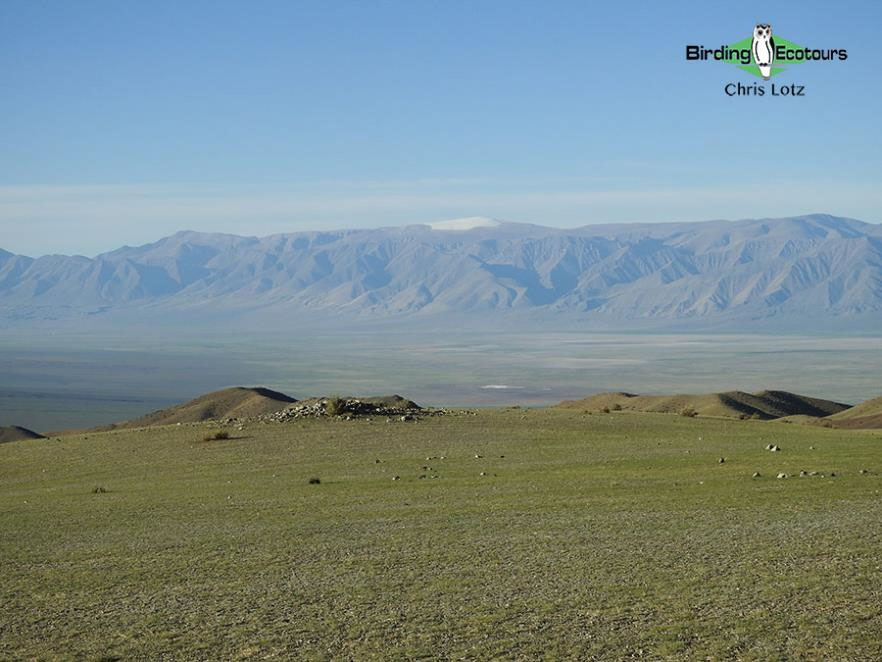
The view from Twin Leopards ger camp which we use as a base in our search for Snow Leopards
5. By visiting Mongolia for Snow Leopards, you’re investing in the conservation of Mongolian wildlife including the Snow Leopards themselves
Your visit can support the entire system of wildlife conservation and the responsible tourism industry of Mongolia. (For more information about how eco-tourism helps conservation, see another of our articles here, this one is about birding tourism but the same principles apply). Setting tourism as the second important economic force, the Mongolian government is taking vital actions to protect its nature and environment. Furthermore, learning from their positive traditional customs and international best practices, the young generation is changing their attitude towards the nature to build a safe environment for humans and wildlife. In particular, the MUR Wildlife Awareness Project is addressing the main issues wildlife is facing and working hard on educating the public through media content, as per the links below.
YOUTUBE: https://www.youtube.com/channel/UC5Y4XSOKhIlrF-vctoskm7A
INSTAGRAM: https://www.instagram.com/project.mur/
FACEBOOK: https://www.facebook.com/ProjectMur
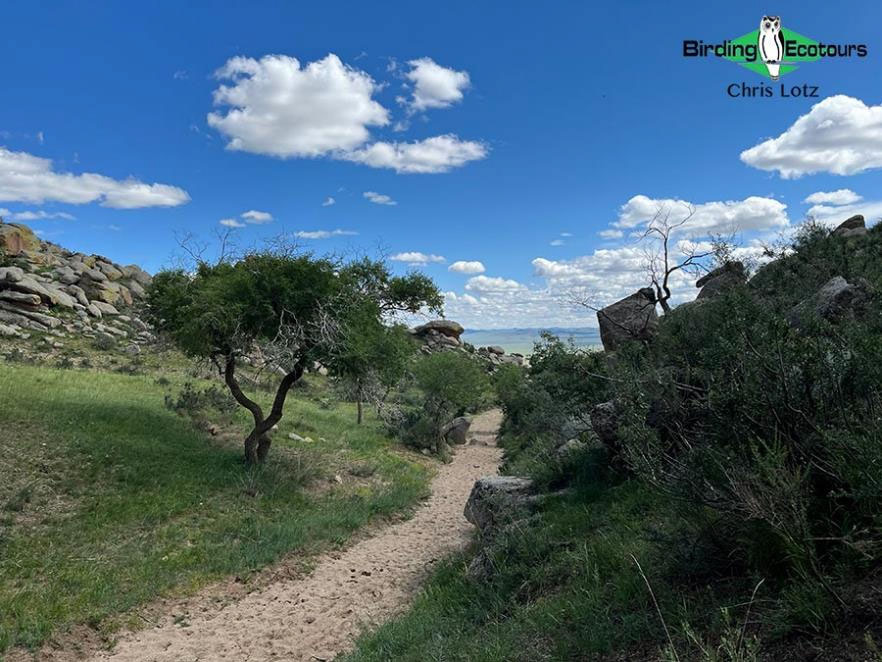
Hustai National Park during our July 2022 Mongolian mammals tour
